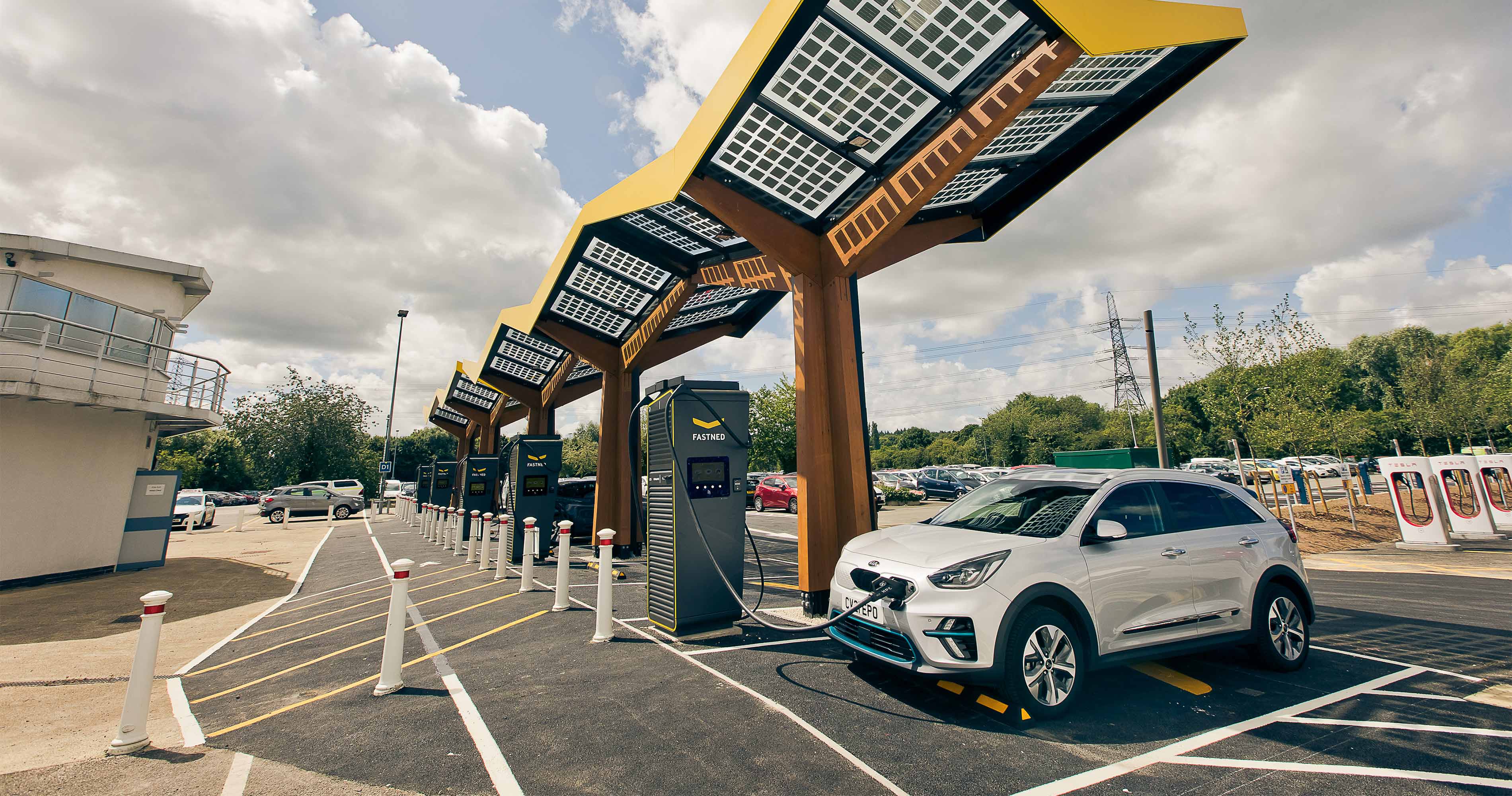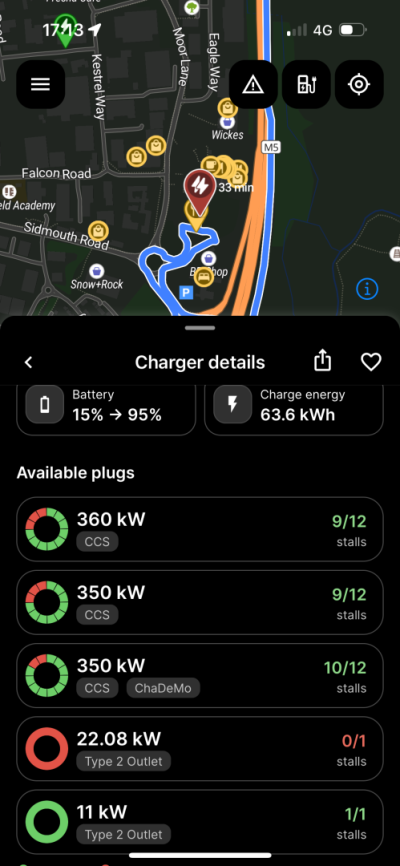Regarding EV charging, there are many ways of managing it, again it's all down to data collection and software.
For example, not only could there be a different tariff for charging during off-peak time (which - as said - does not have to be nighttime - it can change dynamically), but also for charging speed - i.e. you could pay (say) 2p per kW if you set the charging speed of your home charger to 3kW, or (say) 25p if you set it to the maximum possible (7kW or 11kW or whatever it might be). That's a great way of managing demand.
But if your car is only at home overnight (which will be the case for much of the working population) there will always be a peak in demand then ... variable pricing won't be able to change that?
In fact, you could even instruct the software to 'charge at (say) 5p per kW', and the charger will adjust the speed and time of charging accordingly.
Octopus Energy already do something similar:
Connect your EV or charger in the Octopus app
Then, just plug in your car and tell us how much charge you need. We'll automatically schedule your charge for when energy is cheapest and greenest, and you'll only pay 7p/kWh regardless of the time of day.
You need a compatible charger of course.
I can see this being useful with the current 3% or so of UK vehicles being BEV, but as above it will surely be rather more tricky when we are close to 100% and the overnight peak is orders of magnitude larger.
Isn't another fundamental issue the loss of the gas-fired power stations that have traditionally been used to meet peaks in demand (because they can be started/stopped very quickly)?



